When talking about Artificial Intelligence (AI), what usually comes to mind is ChatGPT or tools that manipulate images. But the use of AI goes far beyond that and can assist in automating tasks, analyzing large volumes of data, making recommendations for decision-making, among other functions, which can facilitate, streamline, and reduce costs to obtain results.
For this reason, governmental and non-governmental institutions in Amazonian states, such as Pará and Amazonas, are investing in the use of technology, bringing innovation that can contribute to the sustainable development of the region. The states are not only seeking training that enables professionals to deal with AI and develop new tools, but are also adopting platforms that help in carrying out activities such as monitoring deforestation and biodiversity.
For higher education, the Federal Universities of Pará (UFPA) and Amazonas (UFAM) took the lead by launching their respective bachelor's degrees in Artificial Intelligence. Both are already offering the courses in 2026 and expect high demand.
ACCELERATE
Gilmar Pereira, rector of UFPA, explains that the creation of the new bachelor's degree is motivated by the issue of sovereignty and the current technological race surrounding the topic. “Brazil and the Amazon cannot be left behind. Today, there is a general understanding that AI will have a significant impact on all areas of human activity. It is of utmost importance for the development of the region,” says the rector.
Eduardo Nakamura, director of the UFAM Institute of Computing, says that the new course meets a demand from society. "With the rapid advancement of artificial intelligence tools becoming part of our daily lives, we need specific education in two areas. One is to learn how to use these tools. But that is not our focus with the bachelor's degree. It is to train people with the technical ability to think about where we want AI to go and Brazil's position in this area. We want graduates to be able to expand the ‘state of the art’, the frontier of knowledge in AI, to think about what will be the next ChatGPT, the next Gemini, the next important tool to bring advances and benefits to society. This is strategic for our country," he says.

MARKET
Gilmar Pereira points out that graduates of the course will be able to work in a wide range of sectors. "The new course aims to train students in the modeling and implementation of AI methods for problem solving, both in software development and in the application of AI methods in specific areas, such as industry, agriculture, livestock, bioeconomics and medicine. Thus, a hospital that has someone trained in AI to implement techniques and models for diagnosis will have competitive advantage, for example," he points out.
The rector of UFPA points out that AI is already present in the university in various undergraduate and graduate programs. “All computer science courses include some aspect of artificial intelligence. Graduate programs have specific lines of research on AI, with the development of intelligent classification methods, mathematical problem modeling, natural language processing, and the application of artificial intelligence to precision agriculture. What the bachelor's degree in AI will do now is to consolidate the topic within the university," he says.
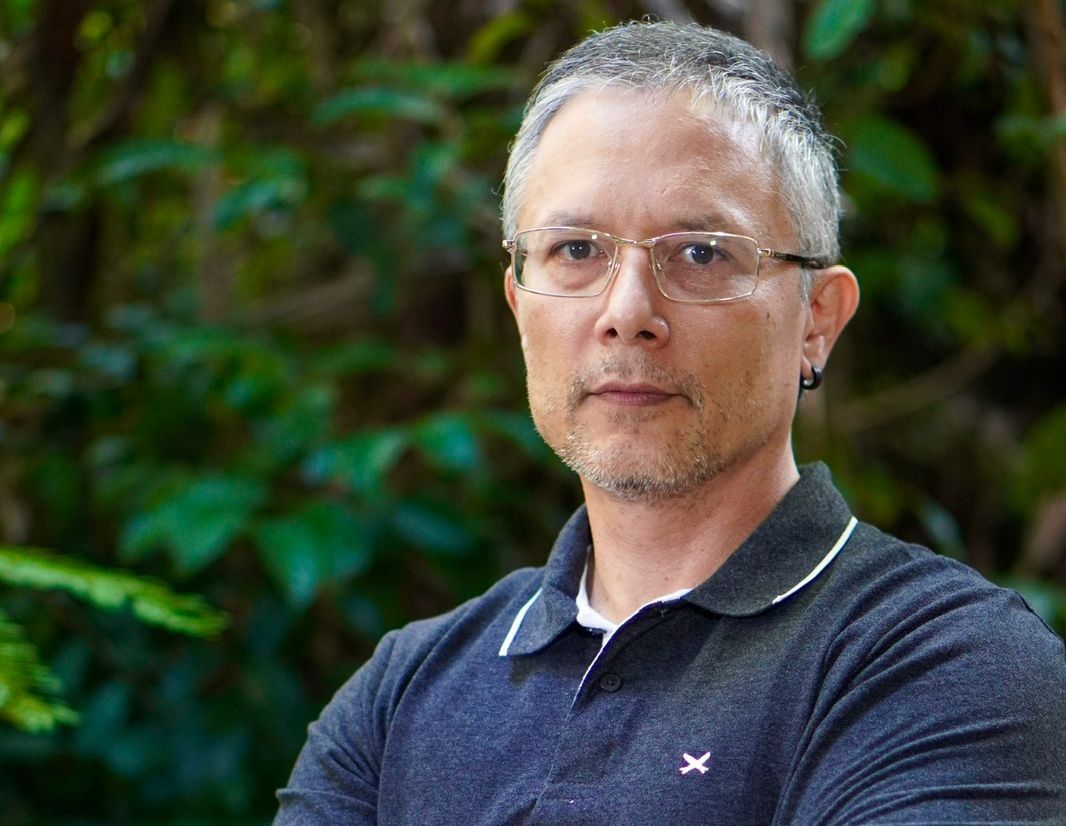
PCT Guamá offers AI literacy courses
In Pará, the Parque de Ciência e Tecnologia do Guamá (PCT Guamá) [Guamá Science and Technology Park], linked to the state government, already offers a course in Digital Literacy in Artificial Intelligence. According to Renato Francês, technical director of the Guamá Foundation, which manages the PCT, the course was proposed based on a survey of market demand for training.
"We state that digital literacy in AI is now an almost mandatory tool, just as knowledge of Microsoft Office was some time ago. Our proposal is to update people's basic needs for the job market, with minimal knowledge of AI tools, such as how to interact with them to improve their daily professional lives. From there, we are already thinking about the natural evolution, which is to offer AI to developers so that they can present solutions to real-world problems with AI," says the director.
Educator Nayara Câmara, 23, was one of the participants in the literacy course: "I was interested because I know how important it is to understand this technology that is changing the way we live and work. I learned that interacting with artificial intelligence goes beyond asking questions: it's about knowing how to build an effective dialogue. I understood the importance of mastering digital language, organizing ideas, and guiding technology so that it produces relevant results. I also realized how necessary it is to have criteria and balance in the use of these tools, so that they support our development and not the opposite. It is an essential course for anyone working in any field, because the world of work is constantly changing.
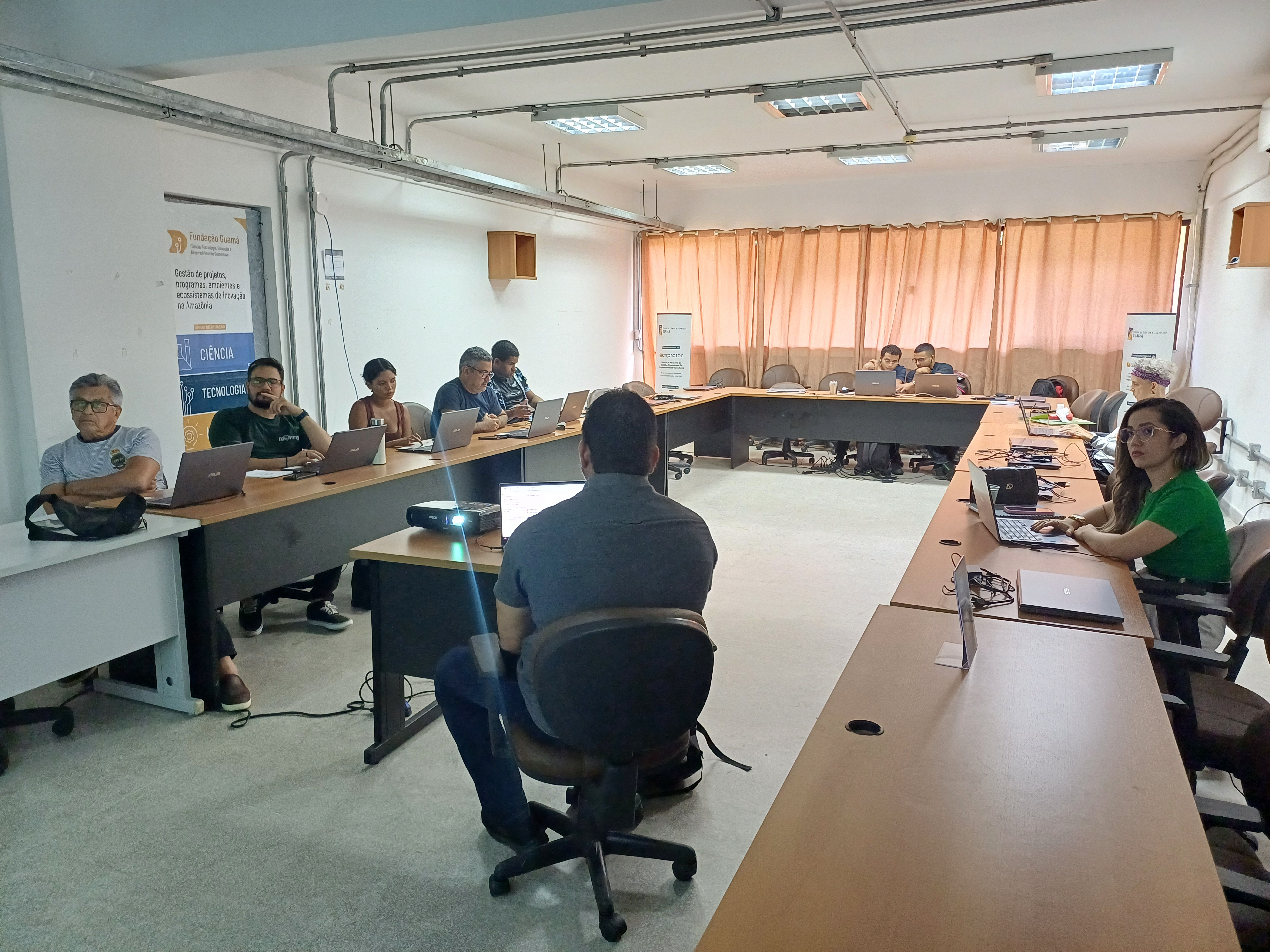
RESEARCH
Renato Francês reports that PCT has carried out several initiatives involving AI, not only in training but also in research. The Park is home to the Centro de Computação de Alto Desempenho e Inteligência Artificial (CCAD-IA) [High Performance Computing and Artificial Intelligence Center], the largest AI research center in the Amazon.
“CCAD-IA develops applications using artificial intelligence techniques to solve problems in various areas of knowledge, such as genome assembly, weather forecasting, modeling of new materials, public health, genomic monitoring, smart and sustainable cities, cybersecurity, environmental monitoring, and smart connectivity solutions,” explains the director.

Mamirauá uses AI to monitor biodiversity
The use of Artificial Intelligence is already a reality for social organizations working to preserve the environment and promote regional development. One such organization is the Mamirauá Institute in Amazonas, which uses AI to monitor biodiversity.
This is the Providence project, developed in partnership with the Polytechnic University of Catalonia, in Spain, which allows automated monitoring of the biome. The first phase of the project developed monitoring modules, which are positioned in the forest. There are two versions: one aerial and one aquatic, both consisting of a high-resolution camera and a built-in microphone.
According to Emiliano Ramalho, technical and scientific director of the Mamirauá Institute, the equipment has embedded artificial intelligence. "The trained models identify species by image and sound and analyze the information in real time on the equipment itself. Only then do they send the analyzed information. So, instead of having to send very heavy data, with all the raw images and sounds, it performs the analysis on the equipment itself and sends it remotely," he explains.
In the second phase, monitoring with 20 modules was carried out in the Mamirauá Sustainable Development Reserve, located in Amazonas, with records transmitted via satellite to the database at the Institute's headquarters in Tefé, in the same state. Acoustic monitoring enabled the algorithm to be trained to identify different animal species, revealing important information, for example, about the endangered manatee. The data demonstrated communication patterns and priority habitats, which can aid conservation strategies.
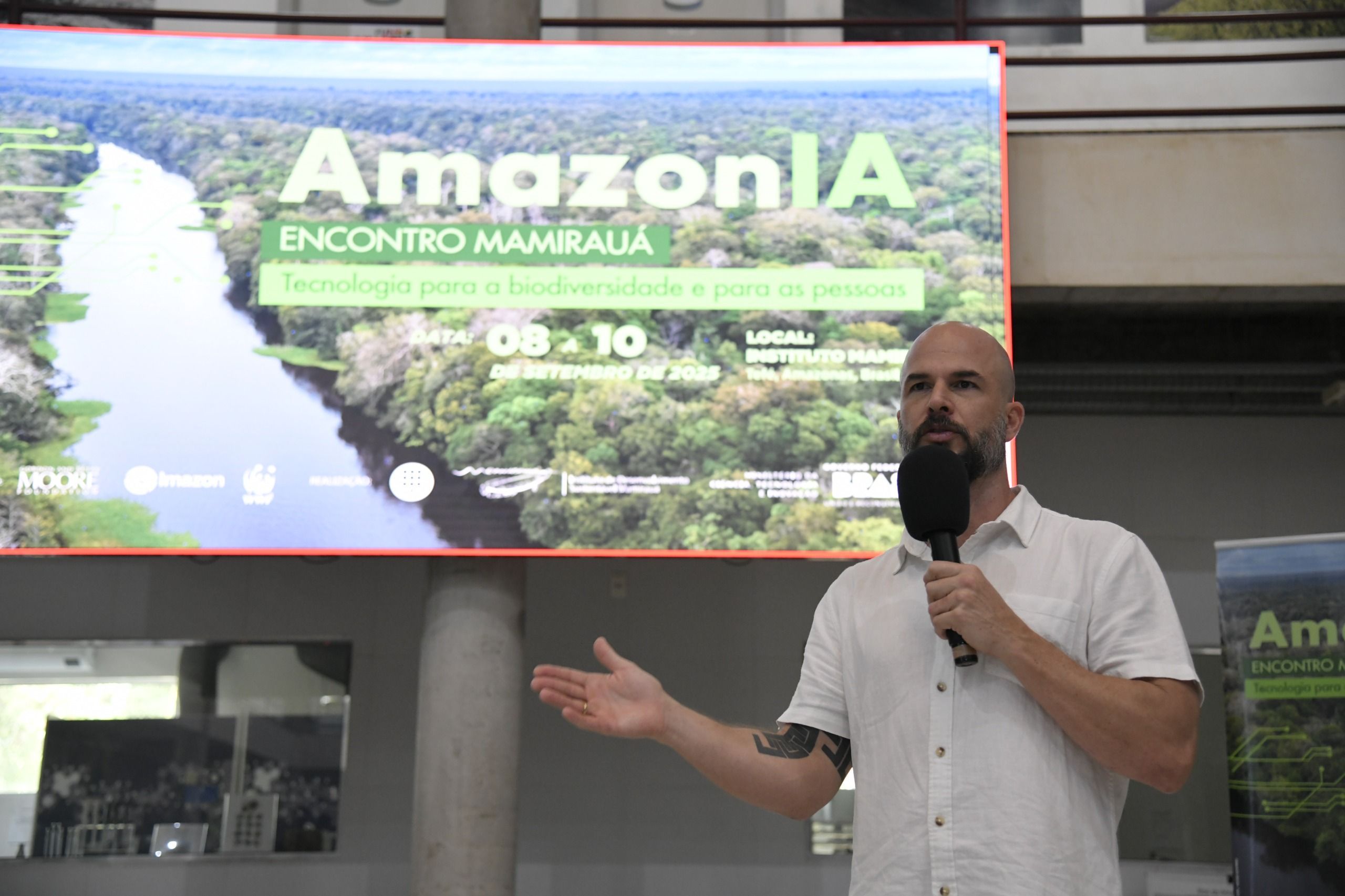
FROM THE ANDES
The project is now in its third phase, called “From the Andes to the Sea.” “The idea is to scale the system to the entire Amazon, from the vicinity of the Andes Mountains to the mouth of the Amazon River. We have almost 70 monitoring points installed in 16 conservation units or protected areas,” says Ramalho. The goal is to reach 100 modules.
“Having this information generated automatically about biodiversity in the Amazon is an extremely important milestone, because it allows us to detect rapid changes that are happening within the forest. Until now, satellite monitoring only showed the state of the forest, but not the animals within it. Providence also helps with territorial surveillance, because the same concept we use to identify species can also be used to identify human activities, such as boat engines, airplanes, chainsaws, and gunshots," emphasizes the director.
AI in sustainable regional development
Renato Francês predicts that Artificial Intelligence has great potential to contribute to the sustainable development of the Amazon. “Today, it is almost impossible to think about quality environmental monitoring without the use of AI. We are talking about everything that is considered the natural wealth of the Amazon, which can be monitored with much higher quality, whether for inspection or to influence public policy. Similarly, the traditional peoples of the Amazon can also benefit from the use of AI, with applications to maximize or improve their production and sales," he points out.
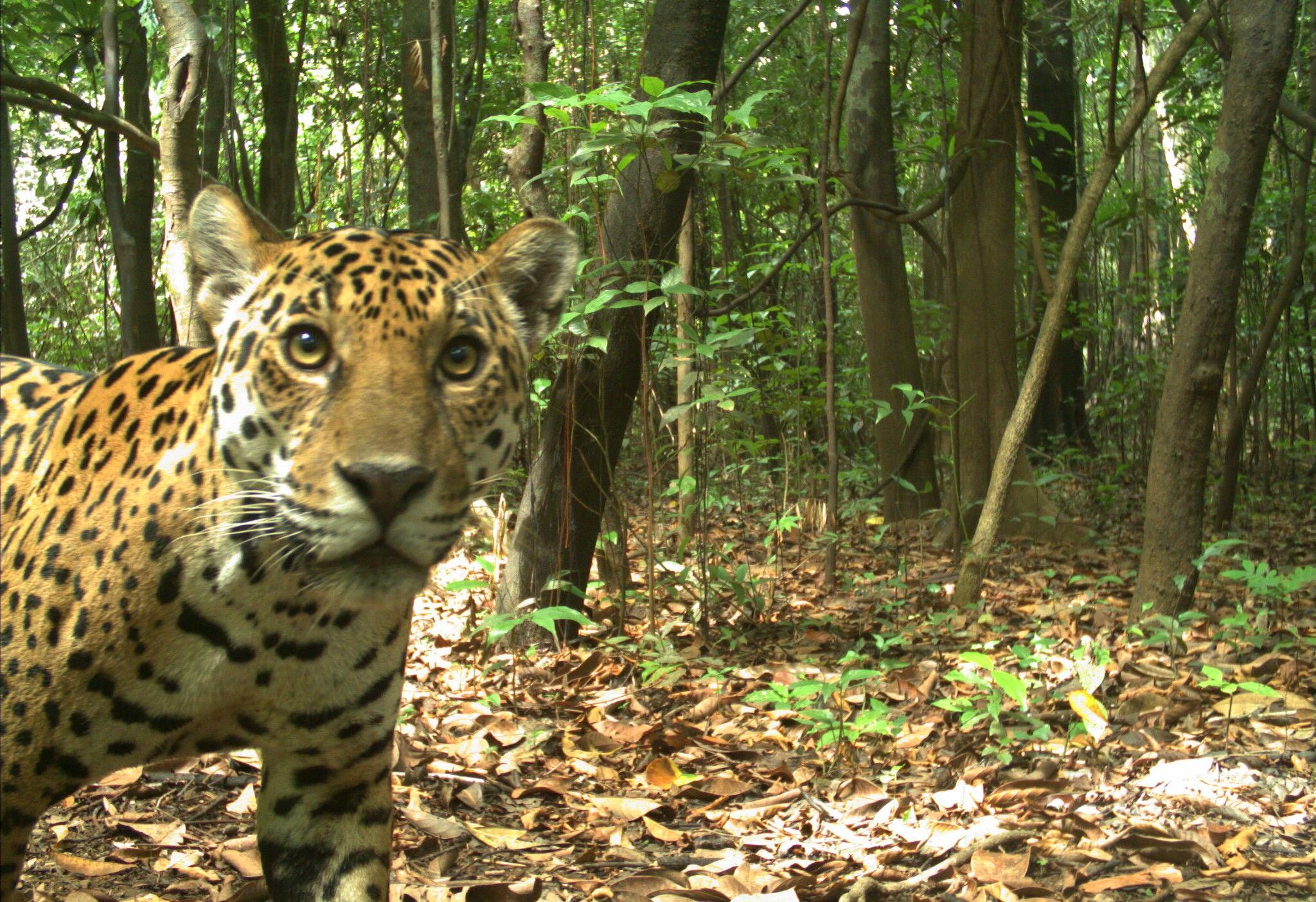
Francês also discusses research conducted by CCAD-IA in developing a line of support for medical decision-making based on preliminary diagnoses provided by AI. “In the Amazon, where distances are great, test samples sometimes need to be transported to a large center. Let's suppose it's a bad case, where a patient has indicators of cervical cancer. AI comes in at the first stage, which is the possibility of presenting pre-diagnoses for more immediate action. Obviously, it will not replace the doctor, but it allows that information to be sent to someone who is far away to establish the diagnosis and act proactively with the patient," he explains.
REGULATION
In Brazil, the regulation of Artificial Intelligence is being discussed in the House of Representatives, following the approval of a bill in the Senate. In Pará, the state government has created a working group to discuss the texts of the Legal Framework for AI and the “Estratégia Paraense de Inteligência Artificial” (Epia) [Pará Artificial Intelligence Strategy]. Renato Francês is one of the members of the group.
“Epia suggests several actions to put Pará at the forefront of technology and innovation, with ethical and responsible use of artificial intelligence. It details a set of structural actions, from the implementation of a Supercomputing Center and the modernization of digital infrastructure to talent training programs and the promotion of startups. It is more than a technical plan: it is a vision of the future for Pará and the Amazon," says the director.
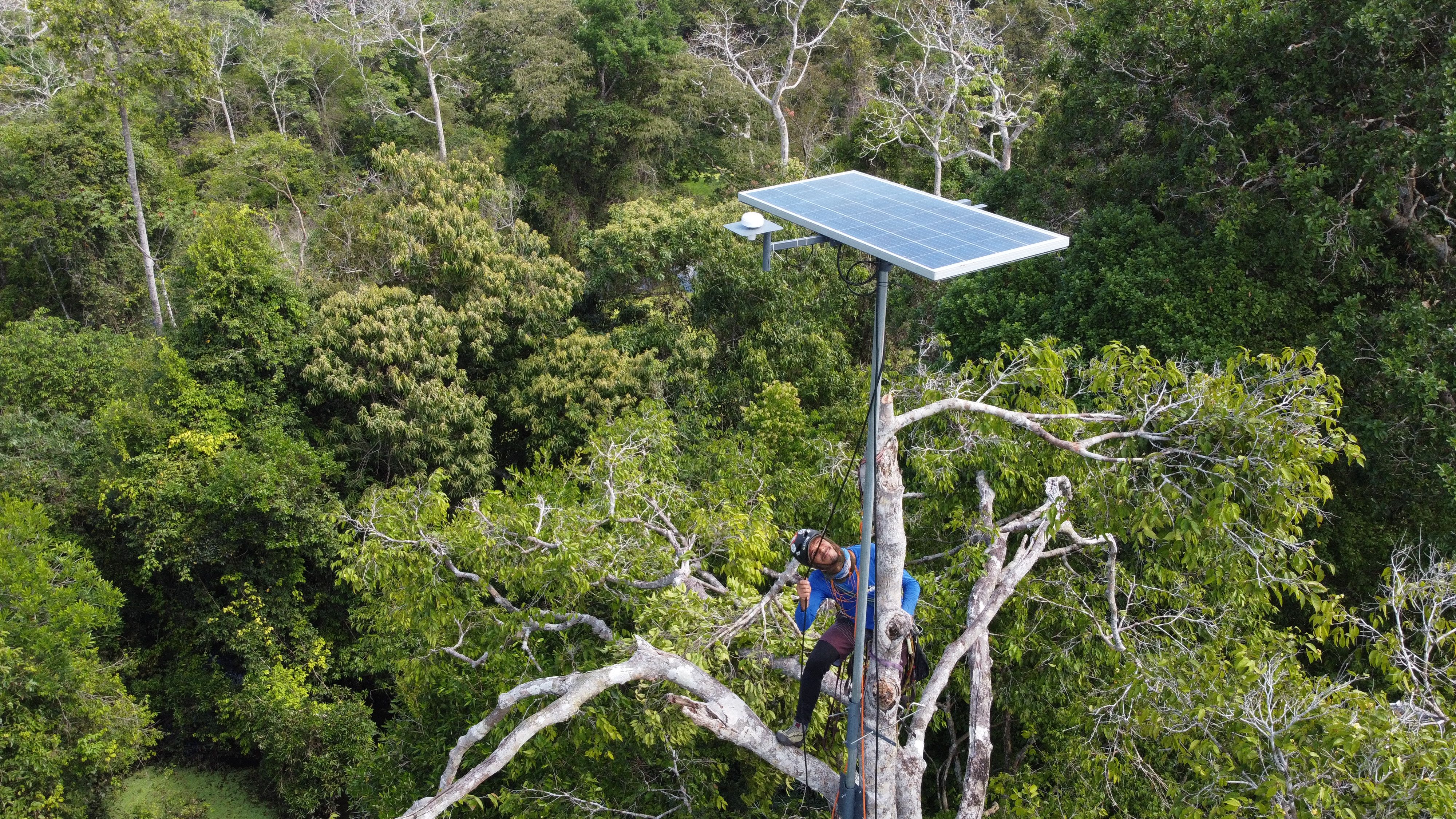
The Legal Framework, on the other hand, aims to regulate the development and use of artificial intelligence within the scope of direct and indirect state public administration. The text addresses issues such as Amazonian preservation and development and the modernization of public services.
“Artificial intelligence is now an unavoidable reality that can revolutionize our ability to preserve and sustainably develop the Amazon region, substantially modernize state public services, and decisively boost our regional economy,” says Francês.
INSTITUTIONAL PARTNERSHIP
The production of Liberal Amazon is one of the initiatives of the Technical Cooperation Agreement between the Liberal Group and the Federal University of Pará. The articles involving research from UFPA are revised by professionals from the academy. The translation of the content is also provided by the agreement, through the research project ET-Multi: Translation Studies: multifaces and multisemiotics.